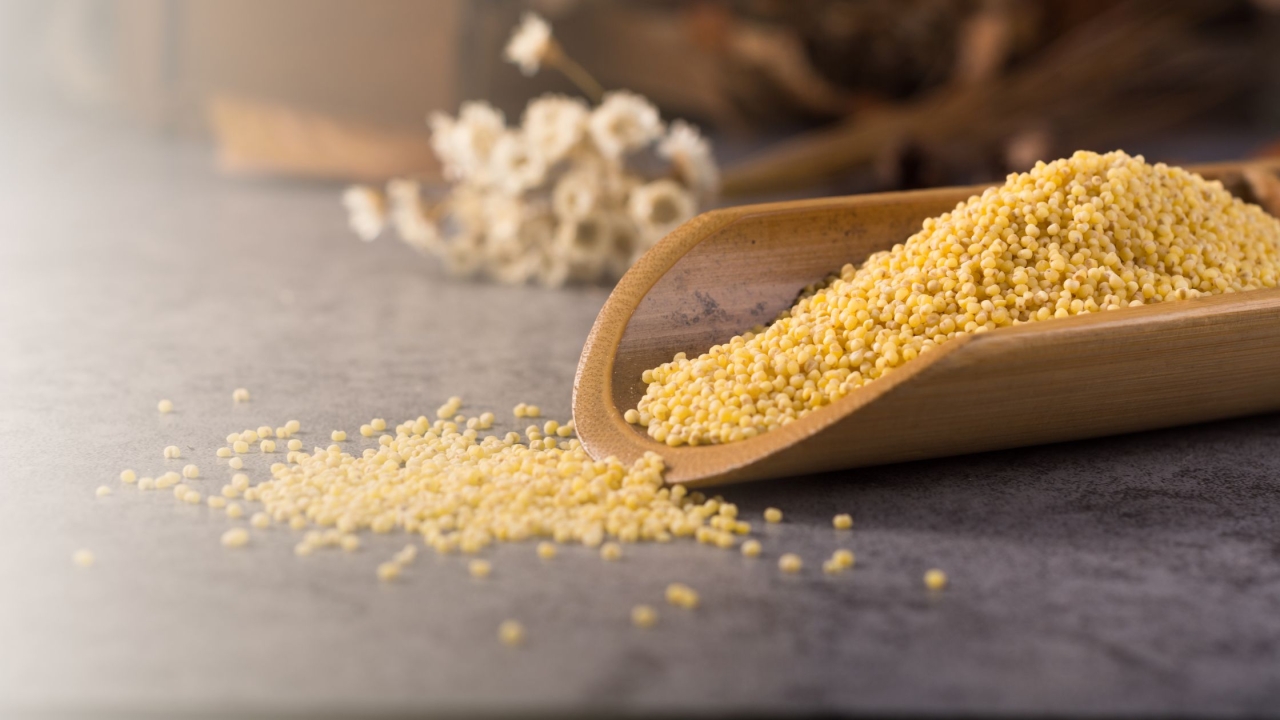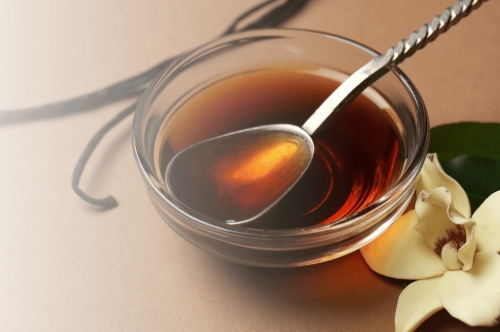MILLETS - A GROUP OF MIRACLE GRAINS

Overview
After the pandemic hit everyone become more conscious about health, immunity, and food quality. Consumption of millet in a regular diet was found quite high earlier. Currently, the nutrition transition is devasted due to globalization which affects the type, quality, and cost of desirable food for consumption.
Food plays a very important role to live healthily. Nutritional profiling of food depends on the following points: age, gender, allergy, and medical conditions. There are several non-communicable diet-related diseases such as cancer, cardiovascular disease, chronic respiratory disorders, malnutrition, obesity, diabetes, hyperlipidemia, etc. caused due to changes in lifestyle and metabolic disorders.
What are millets?
Millets are the most important functional or agronomical group of cereal crops that can be grown widely worldwide. It is used as fodder for animals and food for human consumption. These crops are cultivated under harsh climatic conditions without the use of fertilizers and limited use of water resources. Millets consist of sorghum, pearl millets, finger millets, foxtail millets, Kodo millet, barnyard millet, and little millet.
Millets are the pool of superior nutrients such as protein, vitamins, minerals, fibres, phytochemicals, and a major source of energy hence they are termed as NUTRI CEREALS or NUTRITIVE CEREALS. Most millets consist of polysaccharides (non-starchy) and dietary fibres. Minerals (calcium, phosphorous, potassium, zinc, sodium, folate, copper, magnesium, iron), vitamin (B complex), and phytochemicals (polyphenols, anthocyanin, phytocyanin’s, lignans) are minor constituents.
What are the health benefits of millet?
The incorporation of millet in a regular diet imparts a synergistic effect that fulfills the requirement of essential nutrients. Millets have slow starch digestibility properties which improve the digestive system by regulating proper bowel movement. It eases the relief of constipation, lowers the glycemic index value, and slows down the release of glucose and cholesterol in the bloodstream. It reduces the risk of diabetes, maintains blood glucose levels, and improves insulin sensitivity.
Millets possess natural prebiotics in form of dietary fibers. It stimulates the growth of probiotics which improves the quality of microflora in the gut system. Millets have a rich amino acid profile that protects the cardiovascular tissue from damage and supports the cardiovascular system. The obesogenic diet and stress cause the problem of obesity and accumulation of high fat in the body. It increases the risk of dementia and oxidative stress in the brain. Vitamin b – complex helps in lowering the cholesterol level and effective antioxidant properties help in managing the level of oxidative stress. Sorghum and minor millets are gluten-free hence they will help in combating celiac disease, an autoimmune disorder caused due to gluten sensitivity.
The dynamic change in health consciousness demands the power of super grains and the remembrance of Amma’s love. Raising demands of formulation of healthy food without compromising the taste.
Millets are used as a whole or as a value addition in food products. However, they inherit a bland taste that may not be fitted to today’s modish palate. Hence, flavour profile based on food application play a pivotal part in food innovation and its acceptance. There are many products made up of millet commercialized in the market, such as berries and nutty flavours popular in energy bars. In multigrain baked products, chocolate, cereal, vanilla, and malted flavours are acceptable. Fruity profiles are more prominent in breakfast cereals (like porridge) and healthy drinks. Savoury top notes like BBQ, Chinese Manchurian, lemon–chilly, and cheese are more likeable for multigrain puffed products as well as extruded chips. Millet’s products in RTC or RTE formats are also available such as idli and dosa mix, laddu, and multigrain chocolate wafer.
Read Our Blog on Role of Saliva in Sensory Perception
Conclusion
Millets are a highly nutritious and versatile grain that should be a part of everyone's diet. They are packed with protein, fibre, vitamins, and minerals and can be cooked in a variety of ways. So the next time you're at the grocery store, consider picking up a bag of millets and give them a try! Your taste buds and your body will thank you.
FAQs
Can millet be consumed by diabetics?
Yes, millet can be consumed by diabetics as part of a healthy and balanced diet. They have a low glycemic index, which means that they have a slower and more gradual effect on blood sugar levels compared to other types of carbohydrates. This can help to prevent rapid spikes in blood sugar levels and provide sustained energy.
Can people with celiac disease consume millet?
Millets are generally considered safe for people with celiac disease to consume because they do not contain gluten, which is the protein that triggers the immune response in people with this condition. However, it is essential to ensure that the millets are not processed in facilities that also process gluten-containing grains to avoid cross-contamination.
What is the shelf-life of millets?
The shelf life of millets can vary depending on several factors, including the type of millet, storage conditions, and processing methods. However, in general, millets have a relatively long shelf life compared to many other grains.
Can millets be grown in any region or climate?
Millets are a group of hardy, drought-resistant crops that can be grown in a variety of regions and climates. They are particularly well suited to areas with low rainfall or irregular rainfall patterns, and they can grow in a range of soil types.
What are the different ways to incorporate millet into your diet?
- As a breakfast cereal - Millet can be cooked and eaten as a hot cereal, similar to oatmeal.
- In salads - Cooked millets can be added to salads for extra crunch and nutrition.
- In soups - Millets can be added to soups to add texture and flavour.
- As a side dish - Millets can be served as a side dish instead of rice or other grains.
- In baked goods - Millet flour can be used in place of wheat flour in baking.
- In porridges - Millets can be ground into a fine powder and used to make porridge.
Are there any side effects of consuming millets?
Millets are generally considered safe for consumption and have many health benefits. However, some people may experience mild side effects when consuming millets, including:
- Digestive issues - Millets are high in fiber, which can cause digestive discomfort or diarrhoea if consumed in large amounts or if your body is not used to it.
- Allergies - Some people may be allergic to millets or develop an allergy over time. Symptoms of millet allergy may include hives, itching, or difficulty breathing.
- Overall, millets are a nutritious and healthy addition to most diets. However, it's important to consume them in moderation and talk to a healthcare professional if you have any concerns about consuming millet.
What are some of the latest research studies on the benefits of millets?
Millets have been the subject of many recent research studies, which have identified a range of potential health benefits. Here are some of the latest findings:
- Improved glycemic control: A study published in the Journal of Food Science and Technology found that incorporating millets into the diets of people with type 2 diabetes can lead to improved glycemic control.
- Reduced risk of heart disease: A study published in the Journal of the American College of Nutrition found that consuming millet can help reduce the risk of heart disease by lowering cholesterol and triglyceride levels.
- Improved digestive health: A study published in the Journal of Food Science and Technology found that consuming millets can improve digestive health by increasing the production of short-chain fatty acids in the gut.
- These are just a few examples of the latest research on the benefits of millet.












